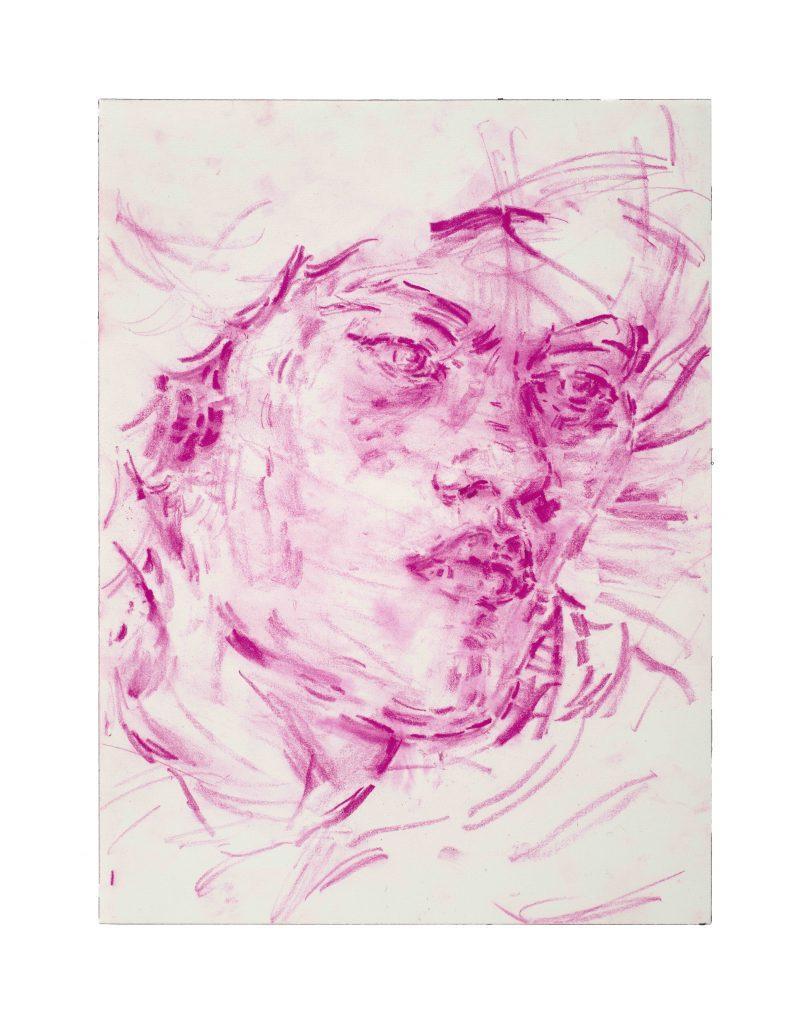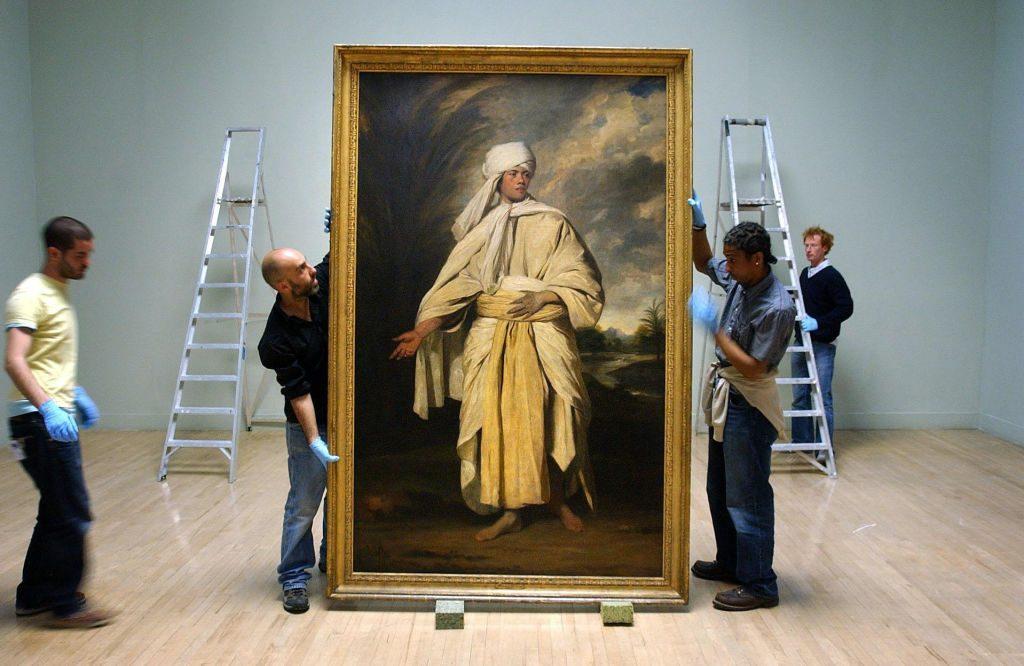(MENAFN- USA Art News) An 11th-hour push to keep one of Britain's most historically significant paintings in the country has reached a decisive moment.
The artwork in question is Portrait of Omai, Sir Joshua Reynolds's 1776 depiction of one of the first Polynesians ever to visit Britain. A year ago, the U.K. arts minister placed a temporary export ban on the prized painting-a move meant to give institutions in the country time to buy the piece before it could be sold abroad.
Through a multifaceted campaign that's seen support from artists, foundations, and public donors, the National Portrait Gallery (NPG) in London has attempted to raise the £50 million ($60 million) required for the purchase. But the institution remains well short of its goal-and the export ban ends today, March 10.
The U.K. nonprofit Art Fund, which has partnered with the NPG in the fundraising effort, donated £2.5 million ($3 million)-the largest such grant in its history-and the National Heritage Memorial Fund pledged an additional £10 million ($12 million). More than 1,500 people, meanwhile, have contributed to an open call for donations .
To date, the NPG has raised roughly £25 million ($30 million)-an impressive feat for what has largely been a grassroots campaign, but one that still only accounts for half of the Portrait of Omai purchase price.
Now, with the deadline looming, the museum is reportedly looking for last-minute help from other institutional partners. According to the , the NPG is in“secret talks” with the Getty Museum in California to jointly acquire the painting. The NPG's director, Nicholas Cullinan, told the paper that he is adamant about securing a deal before the export ban lapses, but the clock is ticking.
“This extraordinary painting deserves to be seen and appreciated by everyone,” Cullinan said in a statement this week.“We are doing everything we can to ensure it enters a public collection for the first time, so that it belongs to all of us.”

Elizabeth Peyton, Omai (Afterlife) after Sir Joshua Reynolds's Portrait of Omai, 1776 (2023). Photo: © Elizabeth Peyton. Courtesy of the artist and David Zwirner.
British artists Richard Deacon, Antony Gormley, and Rebecca Salter have all come out in support of keeping Portrait of Omai in Britain, while just this week, the American painter Elizabeth Peyton unveiled her own homage to the artwork: a close-up, Expressionistic reimagining of the subject's face called Omai (Afterlife) after Sir Joshua Reynolds's Portrait of Omai, 1776 (2023).
“I'm grateful to have been able to spend some time with the painting of Omai from which I began this drawing,” Peyton said.“I have the feeling it was a one-to-one transmission of Omai through Reynolds to the painted Omai I was looking at, making Omai as alive today as the day Reynolds painted him... Omai being the messenger and message of the fact that he lived, divine as one and all, then and now.”
Reynolds's original painting portrays the young Tahitian man, Mai (also known as Omai), who sailed from his home country to England in 1774 with the British explorer James Cook.
The portrait was acquired by the Dublin-based businessman and collector John Magnier for £10.3 million ($12.4 million) at Sotheby's in 2001. A year later, when he applied for an export license to transport the painting to Ireland, Reynolds's painting was valued £12.5 million ($15 million).
The artwork's most recent valuation of £50 million ($60 million) came last year when Magnier again applied for a license.
If the painting is acquired for that price, it would tie the record for the most expensive artwork bought by a U.K. museum-a mark previously set in 2009 when the National Gallery in London and the National Gallery of Scotland jointly purchased Titian's Diana and Actaeon (1556-59).
“We have a unique opportunity to secure this work for the public and welcome the government generously allowing this extra time to help us make it happen,” Jenny Waldman, Art Fund's director, said in a statement.“We call on those who can help, to come together with us now, so that everyone will have a chance to see this work in future.”





















Comments
No comment